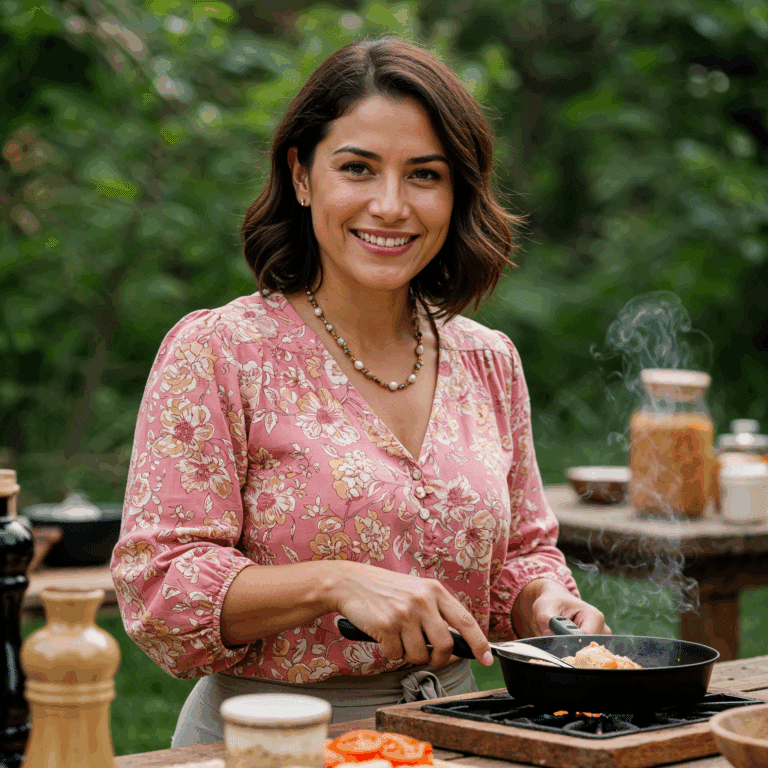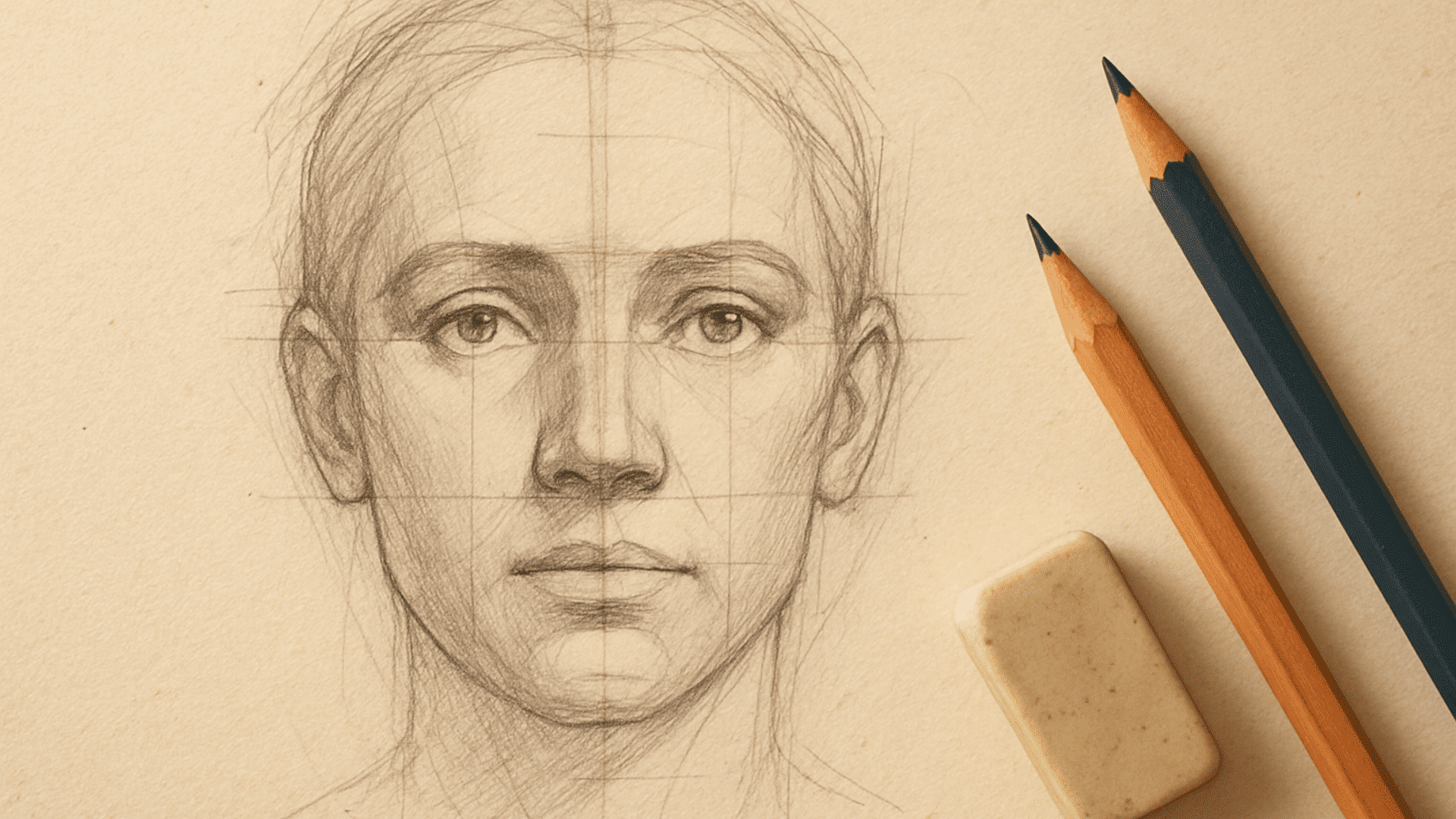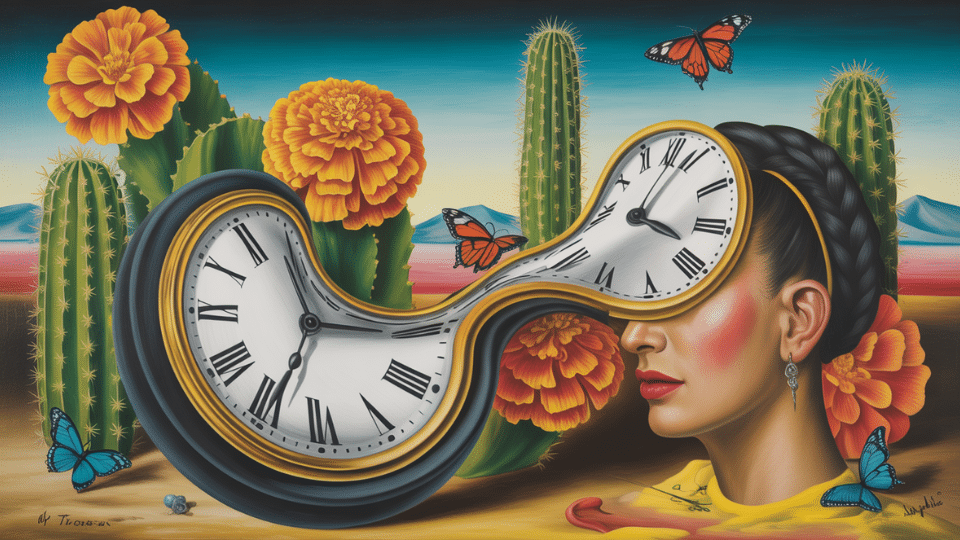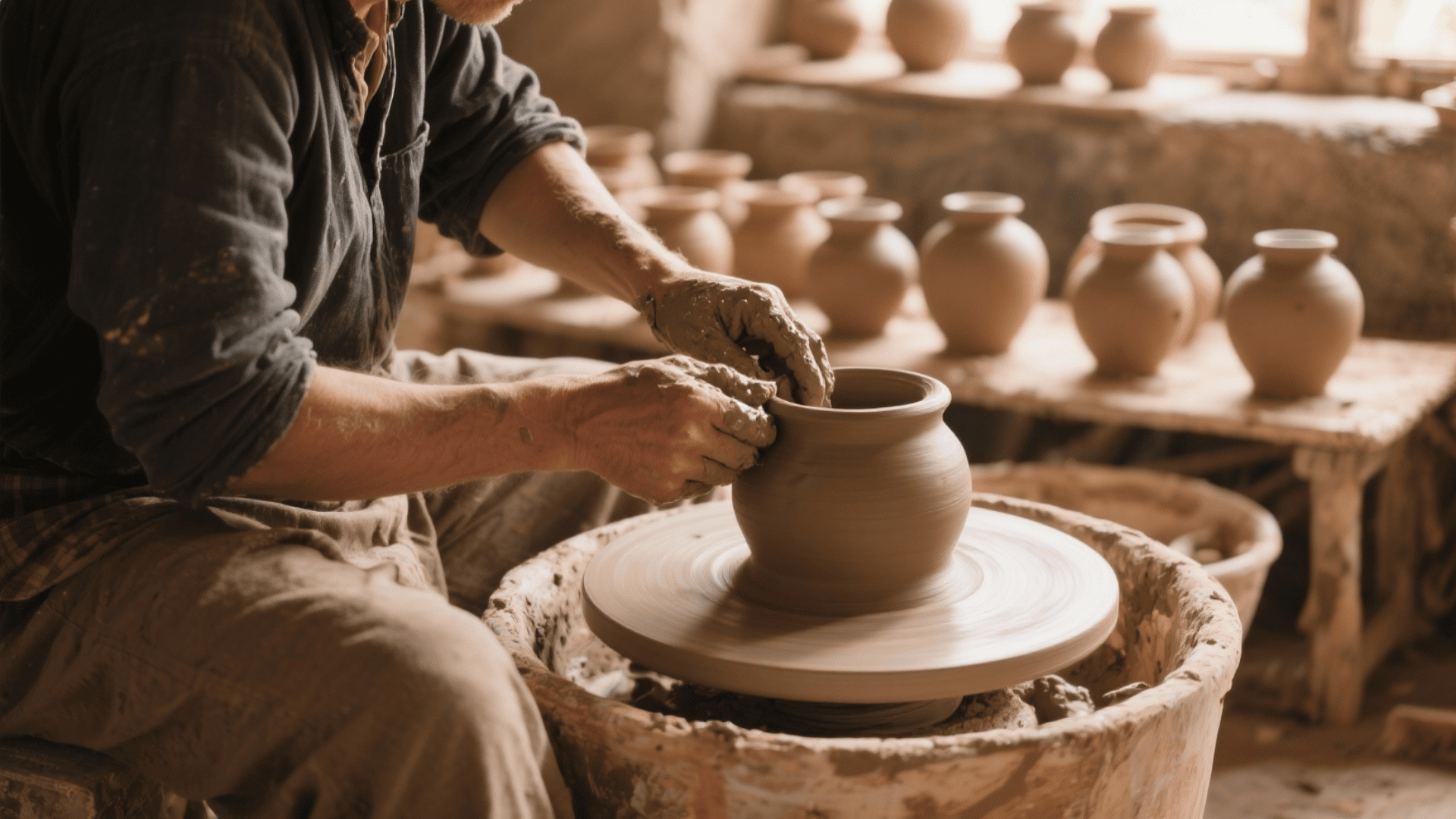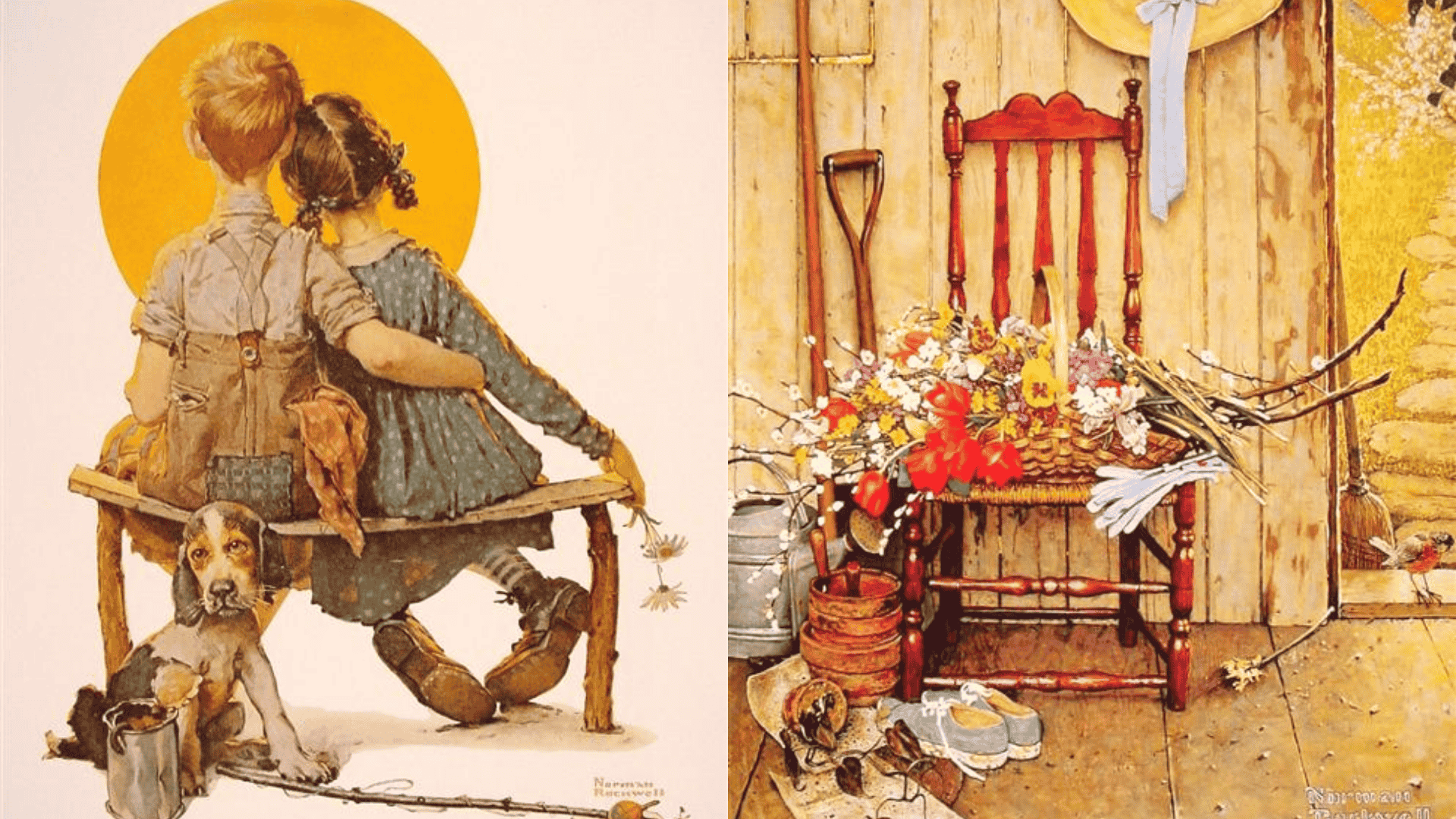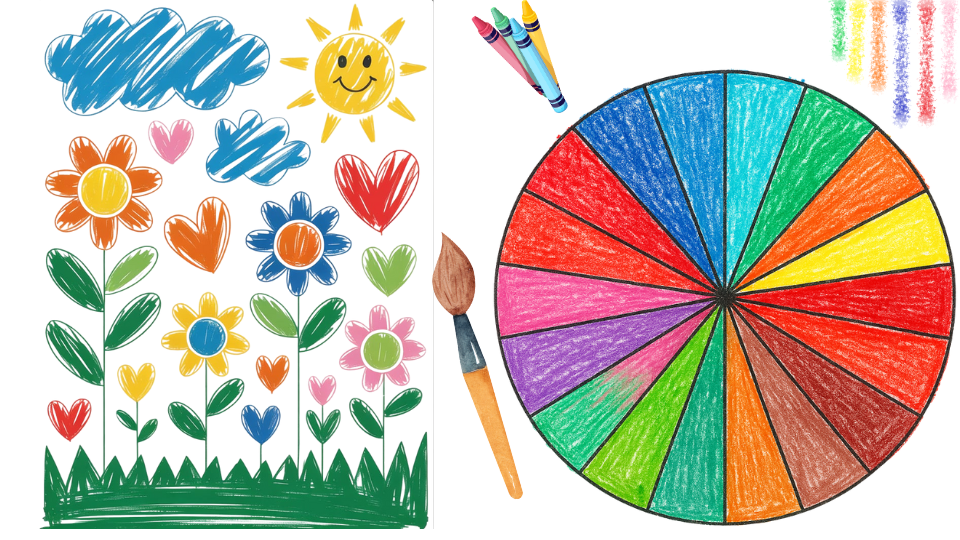Representational art has intrigued viewers for centuries, yet many people struggle to understand what sets it apart from other artistic movements.
Artists who create representational works focus on depicting recognizable subjects from the real world, whether it’s a portrait, landscape, or still life.
In this blog, readers will find its rich history, learn what makes it unique, and explore stunning examples from master artists who shaped this evergreen tradition.
By the end, you’ll have a clear understanding of this fundamental art form and be able to appreciate the skill and vision behind representational masterpieces.
What Is Representational Art?
Representational art depicts easily recognizable objects, people, or scenes from the real world, unlike abstract art, which uses shapes and colors without clear references.
Key examples include portraits, landscapes, and sculptures of animals.
This artistic approach focuses on creating visual connections between the artwork and reality. Artists use various techniques to capture the essence of their subjects, from realistic detail to stylized interpretations.
The goal isn’t always perfect accuracy, but rather making the subject matter clearly recognizable to viewers.
It encompasses a range of media, including painting, sculpture, drawing, and photography. It remains one of the most accessible art forms because viewers can immediately connect with familiar subjects.
This connection creates an emotional bridge between the artist’s vision and the audience’s experience, making it both evergreen and universally appealing.
Know About the Characteristics and Significance
It stands out through several defining features that make it instantly recognizable. These works prioritize clarity and connection with viewers through familiar imagery.
Key Characteristics
- Recognizable subjects: People, animals, objects, and landscapes that viewers can immediately identify
- Visual accuracy: Varying degrees of realism, from photorealistic to stylized interpretations
- Spatial relationships: Proper proportions and perspective that mirror real-world dimensions
- Color and light representation: Natural color palettes and lighting effects that enhance believability
- Narrative potential: Ability to tell stories or convey emotions through familiar imagery
Cultural Significance
It serves as a visual record of human history and culture. It documents everything from ancient civilizations to modern society, preserving moments in time for future generations.
This art form also acts as a universal language, breaking down barriers between different cultures and backgrounds.
The emotional impact of representational art cannot be overstated. When people see familiar subjects rendered beautifully, they form immediate connections.
This accessibility makes it particularly powerful in museums, galleries, and public spaces where diverse audiences gather.
Tracing the Historical Evolution
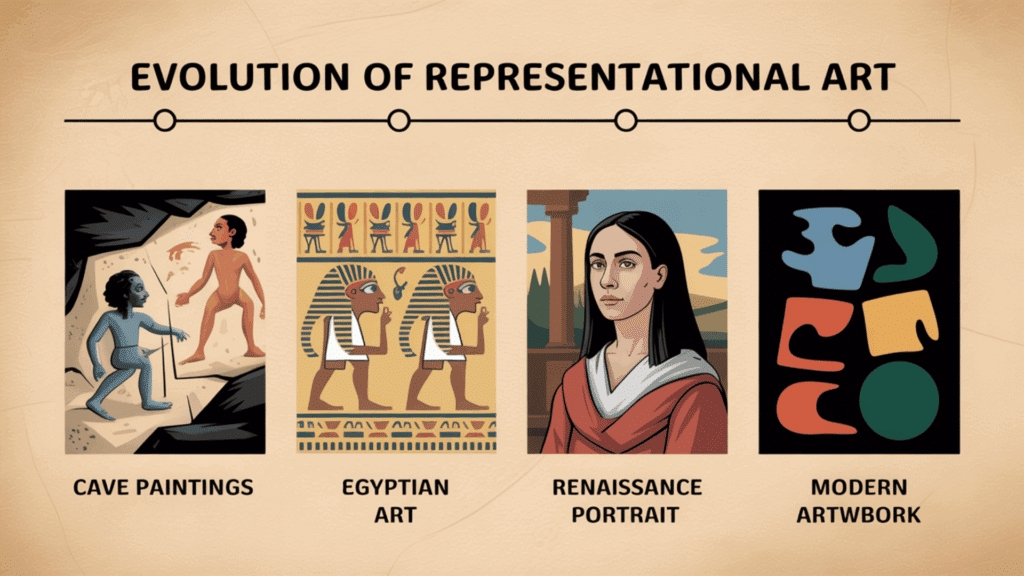
Representational art has undergone significant changes over thousands of years, evolving from primitive cave drawings to calming masterpieces that showcase remarkable technical skill.
Ancient Foundations (30,000 BCE – 500 CE)
The roots of art can be traced back to prehistoric cave paintings, where early humans depicted animals and hunting scenes on cave walls.
Ancient Egyptian art established formal conventions for representing human figures and gods, while Greek and Roman artists pushed boundaries with realistic sculptures and frescoes.
These civilizations laid the groundwork for artistic techniques that would influence centuries of creative expression.
Medieval Period (500 – 1400 CE)
During the Middle Ages, it served primarily religious purposes. Byzantine mosaics and illuminated manuscripts showcased biblical stories through symbolic imagery.
Gothic cathedrals featured intricate stone carvings and stained glass windows that brought religious narratives to life.
Artists focused more on spiritual meaning than physical accuracy, creating a distinctive style that prioritized divine messages over realistic representation.
Renaissance Revolution (1400 – 1600 CE)
The Renaissance marked a dramatic shift toward naturalism and human-centered themes. Artists like Leonardo da Vinci and Michelangelo mastered perspective, anatomy, and light to create incredibly lifelike works.
This period saw the development of oil painting techniques and scientific approaches to art-making. Portraiture flourished as wealthy patrons commissioned personal artworks, establishing new standards for realistic representation.
Modern Modifications (1600 – Present)
Baroque artists emphasized drama and emotion through dynamic compositions and rich colors.
The 19th century brought photography, which challenged traditional art while also inspiring new approaches to capturing reality.
Even as abstract movements emerged in the 20th century, it continued evolving through photorealism and contemporary figurative movements.
Famous Representational Art Examples
Some of the world’s most celebrated artworks fall under the representational category, demonstrating how different artists interpreted reality while creating evergreen works that continue to inspire viewers today.
Prehistoric and Ancient

1. Lascaux Cave Paintings (c. 17,000 BCE): Depictions of bulls, deer, and horses on cave walls in France show early human attempts to represent the natural world.
2. Venus of Willendorf (c. 28,000–25,000 BCE): A small limestone figurine symbolizing fertility, one of the earliest known examples of figurative sculpture.
3. Parthenon Sculptures (5th century BCE): Classical Greek carvings from Athens, illustrating gods, humans, and mythological scenes in naturalistic proportions.
Renaissance and Baroque
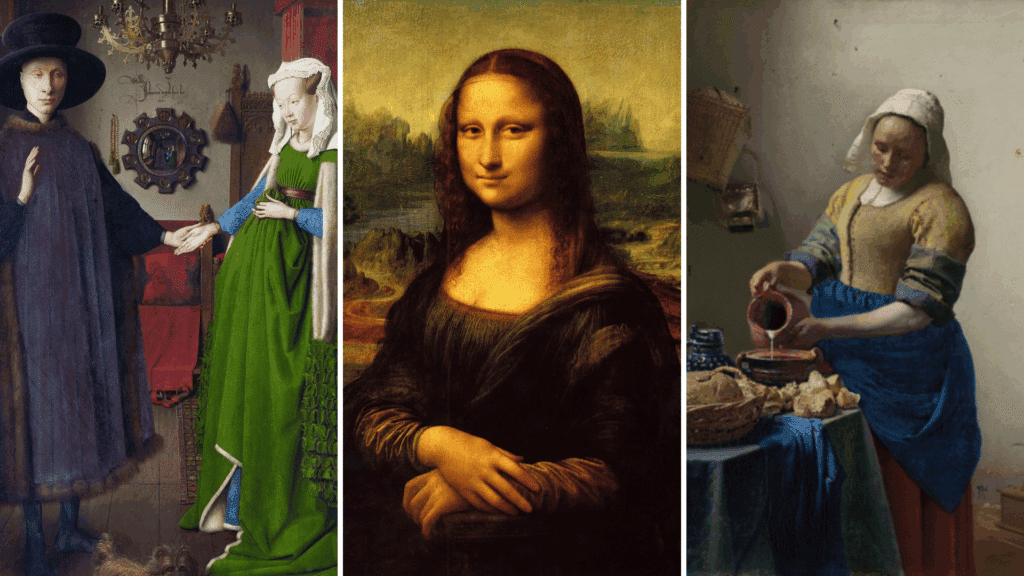
4. Mona Lisa – Leonardo da Vinci (1503–06): The world’s most famous portrait, celebrated for its lifelike expression, soft modeling, and subtle depth.
5. The School of Athens – Raphael (1509–11): A fresco of recognizable philosophers in a grand hall, combining realism with symbolic storytelling.
6. The Arnolfini Portrait – Jan van Eyck (1434): A detailed Northern Renaissance work recording likeness, wealth, and symbolism with masterful precision.
7. The Night Watch – Rembrandt (1642): A Dutch Golden Age group portrait full of dramatic lighting, movement, and civic pride.
8. The Milkmaid – Johannes Vermeer (1658–61): A domestic scene showing a maid pouring milk, painted with extraordinary light and texture.
18th–19th Century
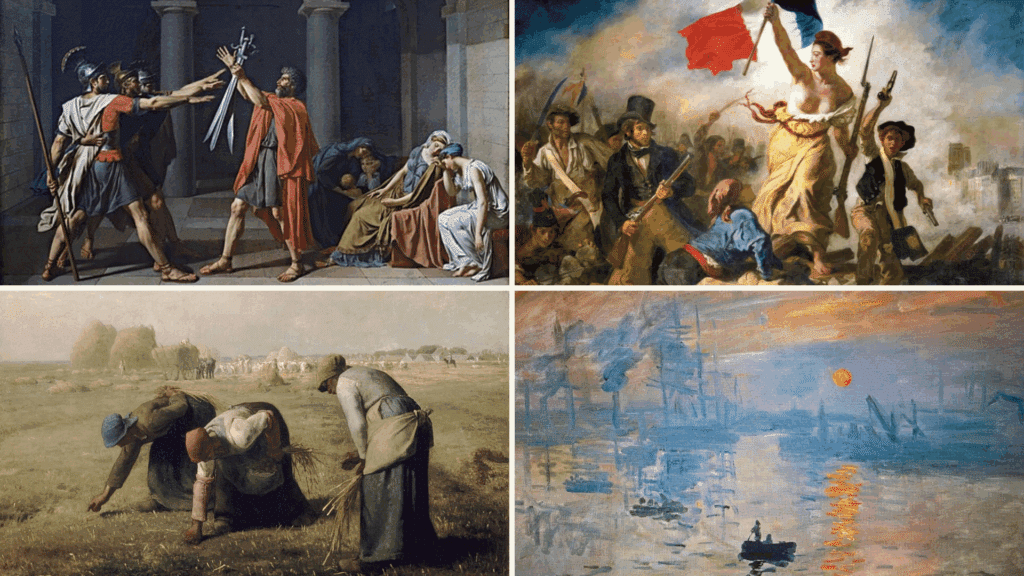
9. The Oath of the Horatii – Jacques-Louis David (1784): A neoclassical masterpiece depicting Roman devotion and moral duty through clear composition.
10. Liberty Leading the People – Eugène Delacroix (1830): A revolutionary allegory blending symbolism with realistic figures in action.
11. The Gleaners – Jean-François Millet (1857): A rural scene honoring peasant women collecting grain, central to the Realist movement.
12. Olympia – Édouard Manet (1863): A provocative nude challenging tradition while keeping the human figure recognizable and modern.
13. Impression, Sunrise – Claude Monet (1872): A harbor scene that gave Impressionism its name, recognizably representational despite loose brushwork.
14. The Starry Night – Vincent van Gogh (1889): A swirling, stylized sky over a village, showing that recognizable landscapes can be expressive too.
20th Century
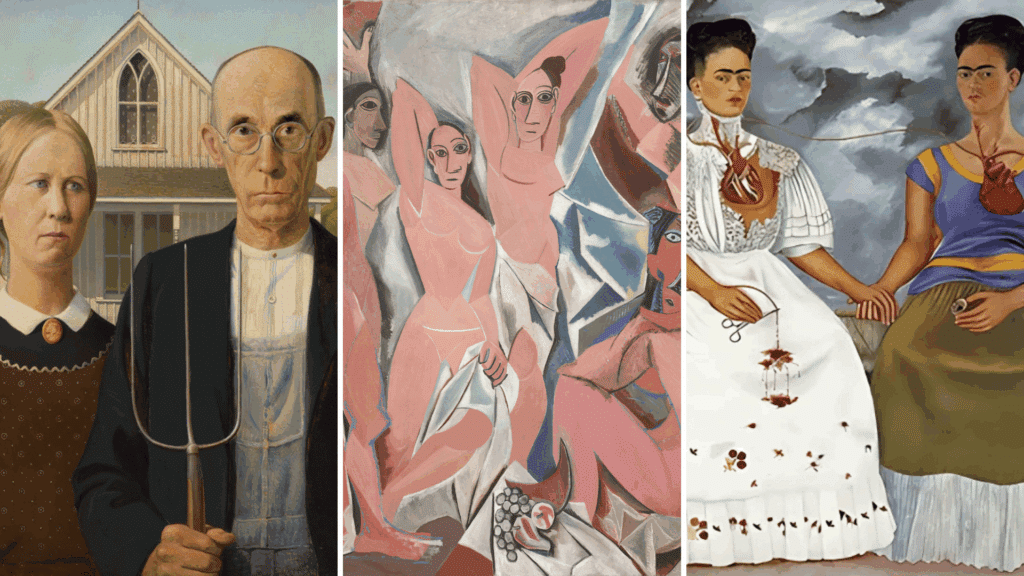
15. Les Demoiselles d’Avignon – Pablo Picasso (1907): A groundbreaking modernist work where the figures remain identifiable despite abstraction.
16. American Gothic – Grant Wood (1930): An iconic double portrait symbolizing rural America through crisp realism.
17. Nighthawks – Edward Hopper (1942): A diner scene capturing the isolation of modern city life in sharp detail.
18. The Two Fridas – Frida Kahlo (1939): A dual self-portrait mixing symbolism with clearly representational forms.
19. Christina’s World – Andrew Wyeth (1948): A woman in a vast field painted with realism and emotional depth.
20. Self-Portrait – Alice Neel (1980): A raw, honest figurative painting reflecting her distinct expressive style.
Contemporary and Photorealism
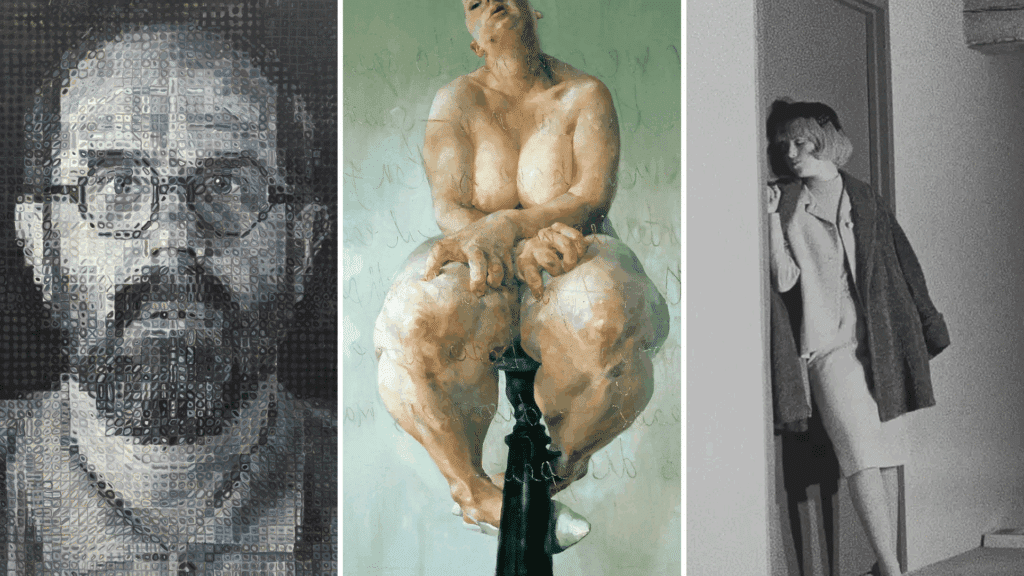
21. Self-Portrait – Chuck Close (1991): A massive photorealistic painting that pushes the boundaries of representational technique.
22. Untitled Film Stills – Cindy Sherman (1977–80): A photographic series where the artist plays recognizable archetypal women.
23. Barack Obama Presidential Portrait – Kehinde Wiley (2018): A lively, contemporary portrait blending realism with bold decorative elements.
24. Propped – Jenny Saville (1992): A monumental figurative work redefining the female form in contemporary art.
25. A Bigger Splash – David Hockney (1967): A stylized yet recognizable poolside scene showing the clarity of representational pop modernism.
How to Recognize and Create Representational Art?
Identifying it becomes straightforward once you know what to look for. The most obvious indicator is whether you can name or describe what you see in the artwork without guessing or interpreting abstract meanings.
Recognition Tips
- Immediate identification: You can quickly recognize people, objects, animals, or places
- Familiar proportions: Elements appear in expected sizes relative to each other
- Natural lighting: Shadows and highlights follow realistic patterns
- Consistent perspective: Objects appear smaller as they recede into the distance
- Coherent color schemes: Colors match what you’d expect to see in real life
Creating Representational Art
It’s essential to train your eye to see proportions, shapes, and light accurately so that your work reflects reality convincingly.
Start by practicing basic shapes and simple forms to strengthen your hand–eye coordination and understanding of space.
Gradually progress to more complex subjects, such as still-life arrangements, natural objects, or simple portraits, to build confidence.
Over time, these exercises will develop not only technical skill but also your ability to interpret and express what you see in your own unique style.
Essential Techniques
- Study proportions: Measure relationships between different parts of your subject
- Practice shading: Learn how light creates form through highlights and shadows
- Master perspective: Understand how objects appear smaller with distance
- Color mixing: Experiment with creating realistic skin tones and natural hues
- Regular observation: Spend time studying how light affects different surfaces throughout the day
Success comes through consistent practice and patience. Many artists recommend starting with simple subjects before moving on to complex scenes or figures.
Representational vs. Figurative vs. Realism
| Aspect | Representational Art | Figurative Art | Realism |
|---|---|---|---|
| Definition | Any art that depicts recognizable subjects from the real world. | A branch of representational art focused on the human figure. | A 19th-century movement aiming to depict life with truthful accuracy. |
| Scope | Broad – includes landscapes, still lifes, portraits, history scenes, etc. | Narrower emphasizes people and the human body. | Narrow – focuses on ordinary life and natural appearances. |
| Style Range | Can be realistic or stylized, as long as subjects are identifiable. | Can be realistic, abstracted, or expressive, but still human-based. | Strong emphasis on lifelike detail and natural representation. |
| Examples | The Starry Night by Vincent van Gogh, Mona Lisa by Leonardo da Vinci. | Les Demoiselles d’Avignon de Picasso, portraits d’Alice Neel. | The Gleaners by Millet, Christina’s World by Wyeth. |
| Key Idea | Recognizability is central. | The human figure is central. | Truthful, unembellished representation of real life. |
The Bottom Line
Representational art remains a powerful force in today’s creative landscape, proving that depicting reality never goes out of style.
From ancient cave paintings to contemporary photorealistic works, this artistic approach continues to speak to audiences across all backgrounds and cultures.
The skills involved, observation, proportion, and technique, form the foundation that many successful artists build upon, even when exploring other styles.
Ready to start your own artistic exploration? Visit your local art museum to see representational works in person, or pick up a sketchbook and begin practicing the observation techniques we discussed.



